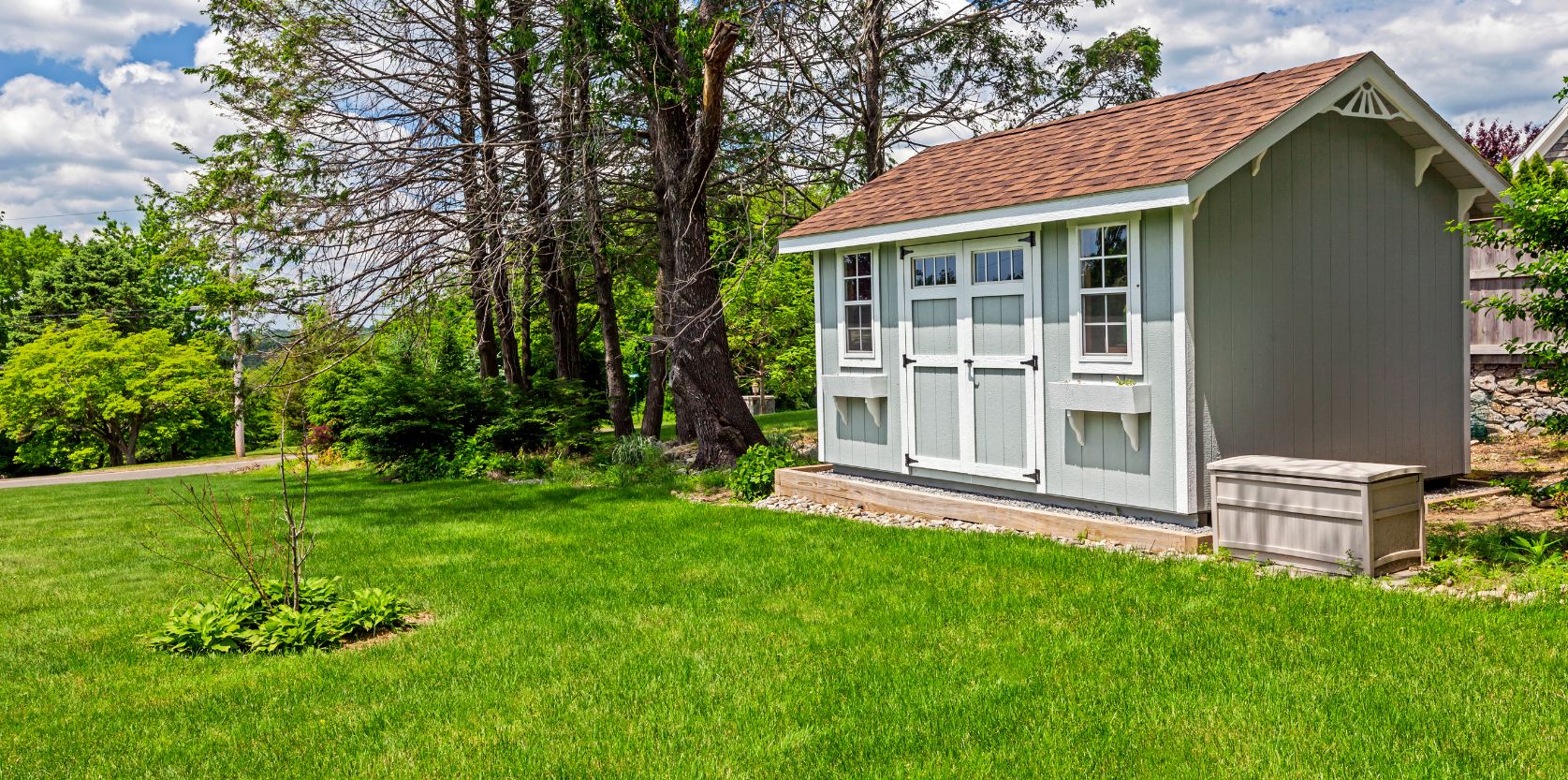
An uninsulated outbuilding can be quite expensive to heat (or cool). The cost to heat or cool an outdoor shed depends on the climate, the size of the outbuilding and the price you pay for electricity, but heating or cooling an uninsulated 6-by-8-foot shed could cost twice as much as an insulated 900-square-foot home.
Some outbuildings are heated with wood, which is a sound choice if you have a source of cheap firewood. Another strategy often seen in workshops is a radiant heater directed at the work area, perhaps in front of a workbench. But if you’re paying for your fuel and decide to keep an outbuilding heated, you should definitely insulate it.
An important consideration is the effect moisture can have in an outbuilding. Moisture enables rot, insects and mold to wreak havoc on your structure and rust to degrade tools and other metals. Heating and insulating an outbuilding, if done right, can reduce or eliminate a moisture problem. But insulation installed incorrectly can trap moisture and foster mold growth.
Moisture in an outbuilding usually has three causes: leaks—typically through the roof, windows and doorway; seepage through floors and walls; or condensation when nighttime temperatures drop. To prevent moisture buildup, you need to eliminate moisture sources and prevent condensation.
As air cools, it cannot carry as much moisture and condensation occurs, usually on the coolest object at hand. Insulating walls and ceilings can keep the interior wall or ceiling surface from getting cold enough for condensation to occur. Insulated wall or ceiling cavities need to be carefully air sealed so that condensation does not occur inside the cavity.
The cost of heating and cooling an outbuilding can also be much lower if the thermostat is carefully controlled. Even if your shed is not heated or insulated, it’s worth keeping an eye out for mold and mildew.
Posted: 2/14/2024 12:53:53 PM
Author: